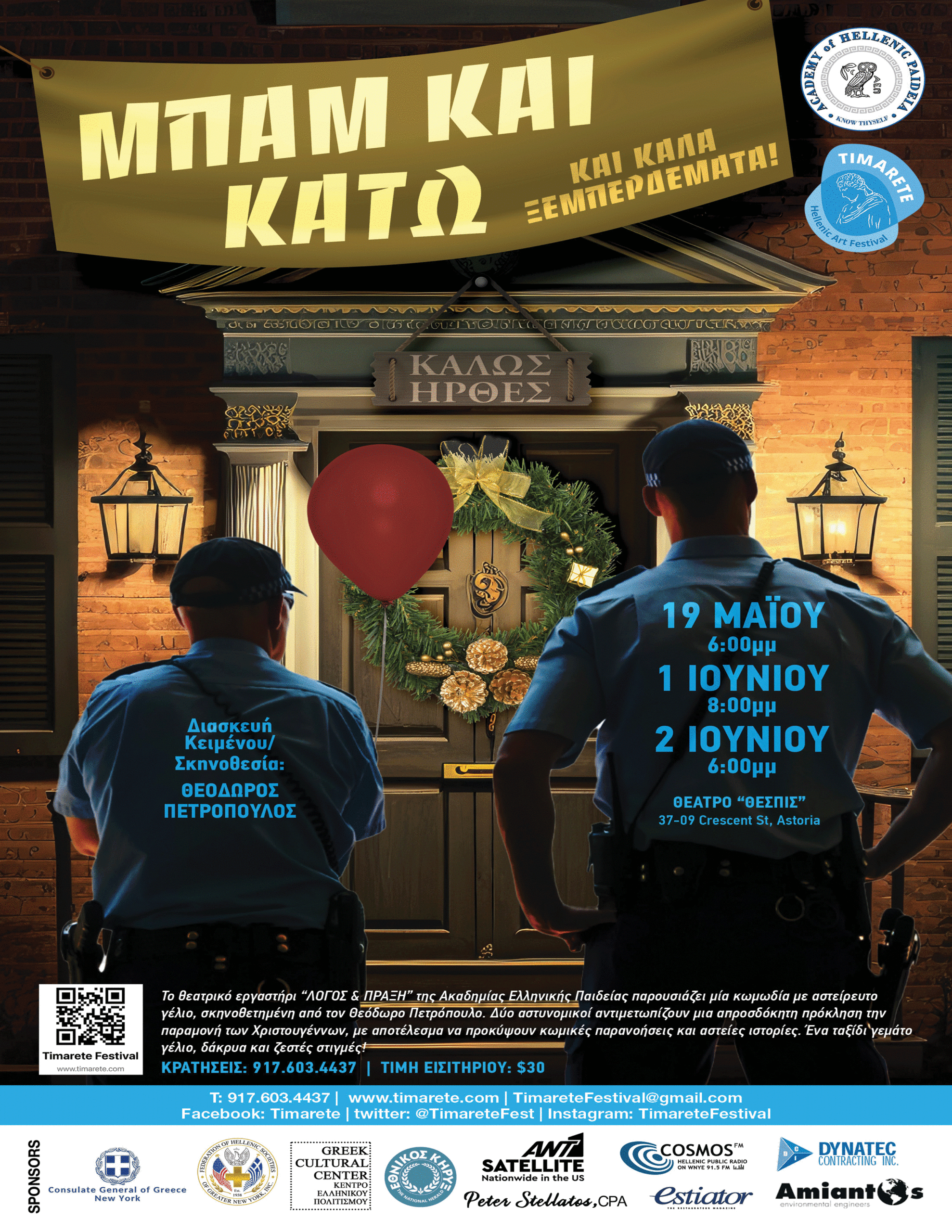Discounting Your Brand
Posted by estiator at 11 January, at 14 : 35 PM Print
MANAGING FOR SUCCESS By CONSTANTINE N. KOLITSAS Business Coach
When the competition for restaurant customers heats up, one of the strategies that many businesses adopt is to offer deep discounts to retain existing customers as well as to lure customers away from other establishments. For some businesses, this is a smart tactic, while for others it initiates a “race to the bottom,” plunging the market into a downward spiral of shrinking margins and depreciating brand value.
As a rule, I’m against discounts. No coupons, no BOGOs, no freebies. I believe that if you serve a good product, you should get your price. For me, once you enter into the discount zone, you’re stuck there eternally. I have experienced this as a consumer, as well as a restaurant consultant. To illustrate: I recently signed up for a local burger joint’s text distribution, conveniently receiving coupons directly to my phone for everything from a free side of fries to half-priced wings. Now I’ll only go when the special offer piques my appetite. Like it or not, I’ve been conditioned to follow the discount. As a restaurant consultant, I’ve come across one client that pretty much gives a free appetizer to anyone who asks They placed a free appetizer coupon on their website four or five years ago, and now people just walk in and say that they saw the coupon so they want the freebie. They no longer even bother to print the coupon, as if extending the effort to hit “print” is an affront to their rights as consumers in the digital age. Attempts to deny “verbal” redemptions have met with angry emails, negative reviews online and in social media, and temper tantrums in the dining room.
But my personal animus against discounting is rooted more in personal restaurant philosophy than experience.
Everything today is about a brand. In an era where individual mom-and-pop businesses are increasingly becoming the exceptions (be it among restaurants, muffler shops, hardware stores, or florists), consumers are inundated with messaging and subconscious cues that create impressions meant to direct their purchasing behaviors. Everything from the font used on a business’s signage to the color of its business cards is carefully designed (often with the aid of focus groups and algorithms) to optimize its ability to attract customers.
In my own restaurants, I’ve embraced this. The natural wood accents on our walls are meant to subliminally reflect the fact that our ingredients are natural; the color of the lettering on my external signs are meant to be inviting and welcoming; the fonts on my menu intended to convey gravitas while also appearing edgy.
If you are giving coupons for a free appetizer, it says that your appetizers have no value and that anyone who pays for them is a chump.
But branding doesn’t stop at the tactile or tangible aspects of the business. It also extends—and is impacted by—our business behaviors. As such, what does discounting say about your brand? If you are giving coupons for a free appetizer, it says that your appetizers have no value and that anyone who pays for them is a chump. Or it says that your entrée prices are inflated to absorb the cost of the appetizer you are giving away. It says that your food isn’t good enough to command menu price. It says that you are desperate for customers. It says that you don’t serve quality, because if you did, you wouldn’t have to give your food away.
Depending on the income demographics of your market, the best approach may actually be to charge more for your food than to give it away. If you are the highest-cost restaurant in your area, it could be a disaster for you or a boon for your business. A restaurant that is busy but that has exceptionally high prices may be perceived as serving the highest-quality ingredients, be it fact or fiction. Witness the following anecdote that occurred just a couple of weeks ago. A guest ordered a glass of wine that was recommended by his server and on his way out made it a point to come to me and let me know that the wine was not priced correctly. The gentleman was a man of means, staying at the city’s premiere business hotel on a regular basis and someone obviously comfortable with upscale (and up-priced) restaurants. At first blush, I braced myself for him to complain that the price was too high (indeed, it was priced as my best profit-producing wine), but instead I was surprised to hear that his complaint was that the wine was priced too low! “A wine of that quality should have been at least a couple of dollars more expensive,” he told me.
The moral of the story: If you have to offer freebies to customers to get them in the door, then you should be more concerned with how your brand is perceived. Because giving the house away is not a sustainable business model unless you are a national chain that will procure cheap (quality and priced) ingredients to give away in large volumes.
Constantine Kolitsas is the president of CNK Consulting, a restaurant consultant and coaching business. He can be reached at 203-947-6234 or at ckolitsas@gmail.com.















